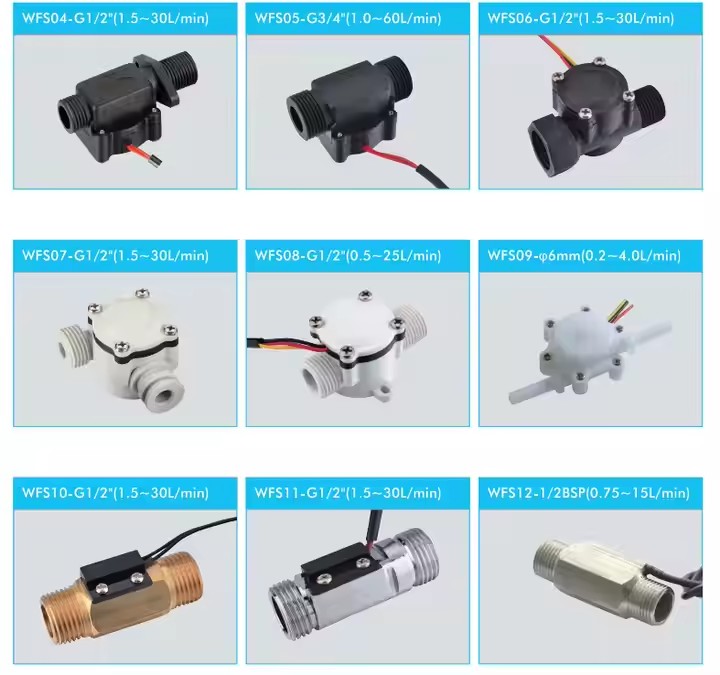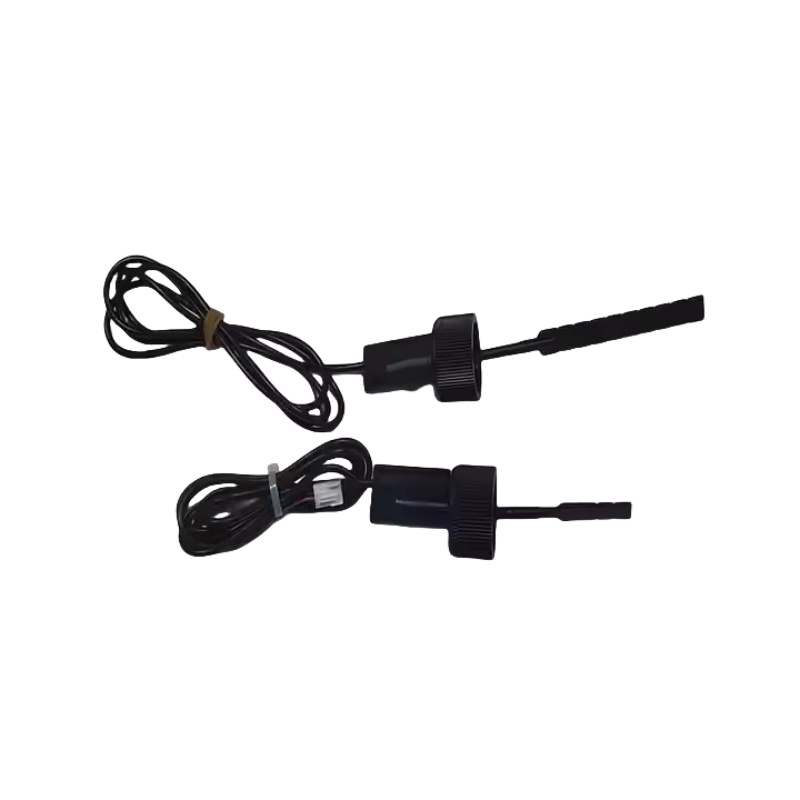In the world of electrical components, switches play a critical role in controlling the flow of electricity within circuits. Among the many types of switches available today, the rocker switch stands out due to its widespread use across industrial, automotive, marine, and consumer electronics applications. Whether you’re designing control panels, lighting systems, or machinery interfaces, understanding what a rocker switch is, how it works, and where it’s best applied can significantly enhance your design efficiency and product reliability. This comprehensive guide will explore everything you need to know about rocker switches — from their basic structure and function to their various types, applications, and selection criteria. By the end of this article, you’ll have a solid foundation to confidently integrate rocker switches into your next engineering project.
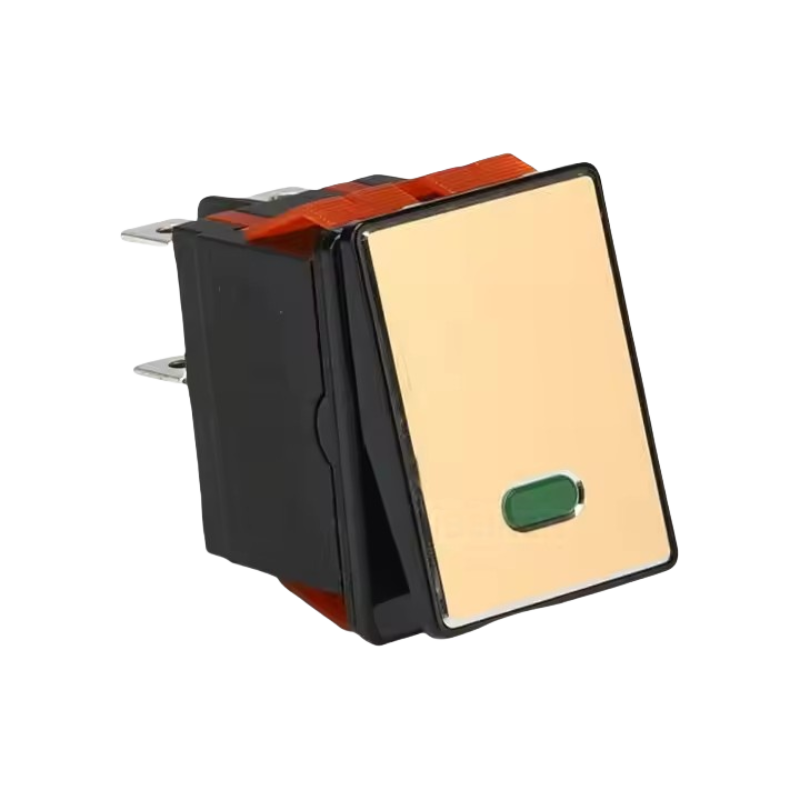
What Is a Rocker Switch?
A rocker switch is an electrical toggle switch that features a flat, rectangular actuator which rocks back and forth when pressed. Unlike traditional toggle switches that flip up and down, a rocker switch operates by pressing one side of the switch to turn it on and the other side to turn it off. This rocking motion gives the switch its name and provides a user-friendly interface that is both intuitive and visually clear. The most common voltage ratings for rocker switches range from 12V DC to 250V AC, with current ratings typically between 0.1A and 20A, depending on the application and switch size.
How Does a Rocker Switch Work?
Internally, a rocker switch functions similarly to other momentary or latching switches. When one side of the switch is pressed, it completes or interrupts the circuit path, allowing or stopping the flow of electric current. Most rocker switches are latching, meaning they stay in the position they were last toggled to (on or off) until manually changed again.
Some variations include:
- Illuminated rocker switches: These feature built-in LEDs or neon bulbs that light up when the switch is activated.
- Momentary rocker switches: These only maintain their state while being pressed and return to the default position once released.
- Multi-position rocker switches: Allow more than two states, useful for complex control systems.
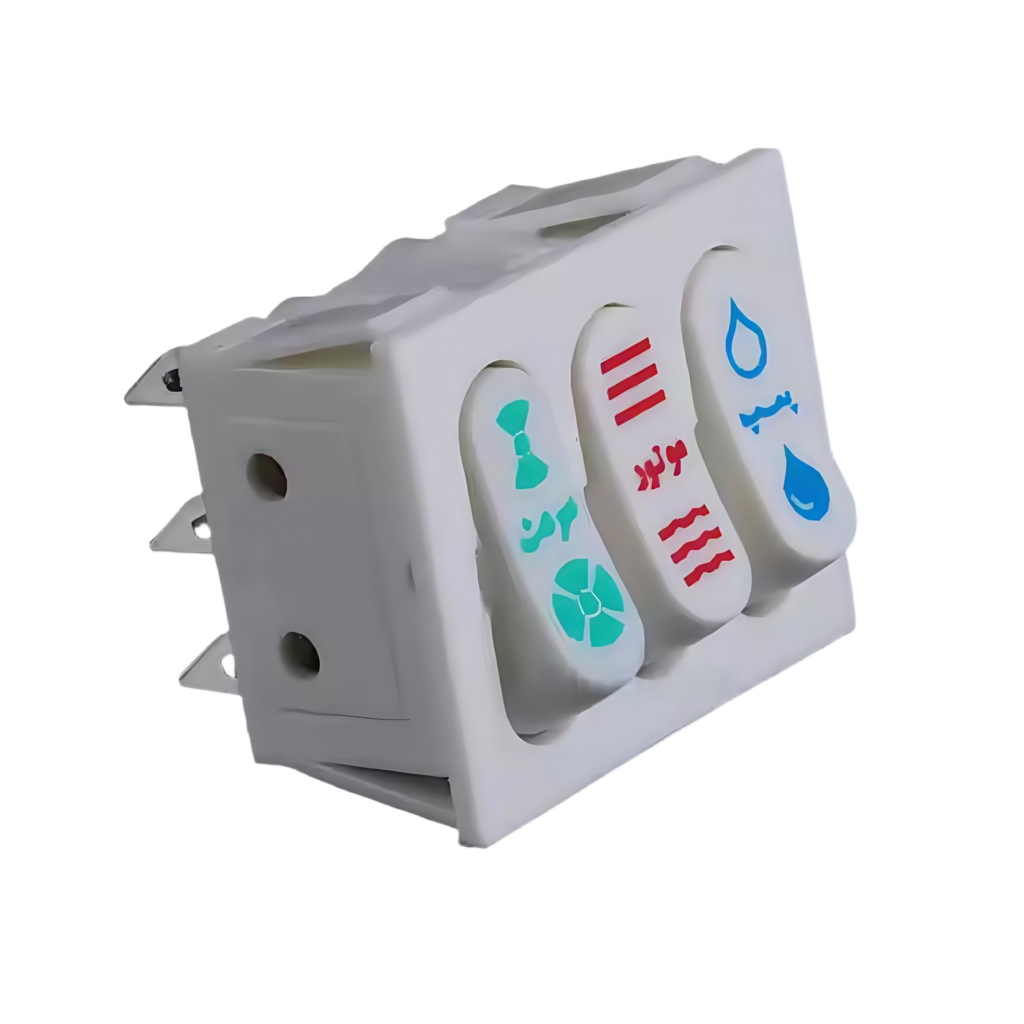
Types of Rocker Switches
Rocker switches come in various configurations to suit different needs. Here are some of the most commonly used types:
1. SPST (Single Pole Single Throw)
- Controls a single circuit with two positions: ON/OFF.
- Ideal for simple switching tasks like turning lights on/off.
2. SPDT (Single Pole Double Throw)
- Can switch between two different circuits.
- Useful in applications requiring alternate power sources or directional control.
3. DPDT (Double Pole Double Throw)
- Two independent poles, each capable of switching between two contacts.
- Often used in motor reversal circuits or heavy-duty equipment.
4. Illuminated Rocker Switch
- Features a built-in light source that indicates the switch’s status.
- Commonly used in low-light environments or safety-critical controls.
5. Waterproof Rocker Switch
- Designed with sealed enclosures (IP65/IP67 rated) to prevent moisture ingress.
- Widely used in outdoor equipment, boats, and industrial machinery.

Applications of Rocker Switches
Due to their simplicity, durability, and ease of use, rocker switches are found in a wide variety of industries and applications:
1. Automotive Industry
- Used in dashboard controls, headlights, windshield wipers, and interior lighting.
- Known for their ruggedness and resistance to vibration.
2. Marine Industry
- Installed in boats and yachts for engine controls, bilge pumps, and navigation lights.
- Typically waterproof and corrosion-resistant.
3. Industrial Equipment
- Found in factory automation systems, conveyor belts, and control panels.
- Often used as emergency stop switches or machine start/stop controls.
4. Consumer Electronics
- Used in home appliances such as microwaves, coffee makers, and vacuum cleaners.
- Provides a clean and modern look to device interfaces.
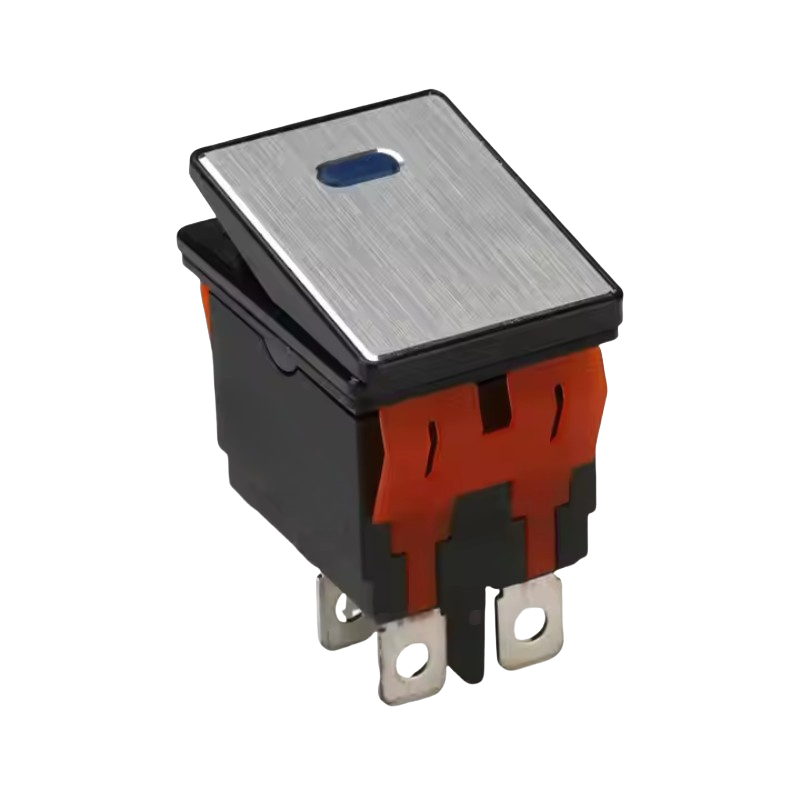
Advantages of Using Rocker Switches
Here are some key benefits that make rocker switches a preferred choice among engineers and designers:
- User-Friendly Interface: The rocking motion is intuitive and requires minimal effort to operate.
- Visual Feedback: Many models offer illuminated options, making them ideal for dimly lit environments.
- Durability: Built to withstand repeated usage, often rated for tens of thousands of cycles.
- Versatility: Available in multiple sizes, voltages, and configurations to suit diverse applications.
- Cost-Effective: Compared to more complex switch types, rocker switches offer excellent value for money.
How to Choose the Right Rocker Switch
When selecting a rocker switch for your application, consider the following factors:
- Current and Voltage Requirements
- Ensure the switch can handle the maximum load expected in your system.
- Environmental Conditions
- For outdoor or wet environments, choose a waterproof model with appropriate IP ratings.
- Mounting Style
- Panel mount, PCB mount, or cable mount options are available based on installation needs.
- Certifications and Standards
- Look for switches that meet international standards such as UL, CE, RoHS, and ISO.
- Customization Options
- Some manufacturers offer custom labeling, color coding, or backlighting for brand-specific designs.
Maintenance and Troubleshooting Tips
To ensure long-term performance, follow these maintenance practices:
- Regular Inspection: Check for signs of wear, overheating, or loose connections.
- Cleaning: Use a dry cloth or mild cleaner to remove dust and debris.
- Testing: Use a multimeter to test continuity and ensure the switch is functioning properly.
Common issues include:
- Sticking Actuators: Caused by dirt buildup or internal component failure.
- Flickering Lights: Indicates poor contact or failing illumination bulb.
- No Response: May be due to broken internal contacts or wiring faults.
Rocker switches are a fundamental component in modern electrical and electronic systems. Their combination of functionality, durability, and aesthetic appeal makes them suitable for a broad range of applications. Whether you’re working on industrial machinery, automotive systems, or consumer products, choosing the right rocker switch can enhance both usability and reliability. As technology continues to evolve, we can expect even more advanced versions of rocker switches with integrated smart features, better materials, and improved safety mechanisms. Staying informed about these developments will help you make smarter design choices and keep your products competitive in the market.

